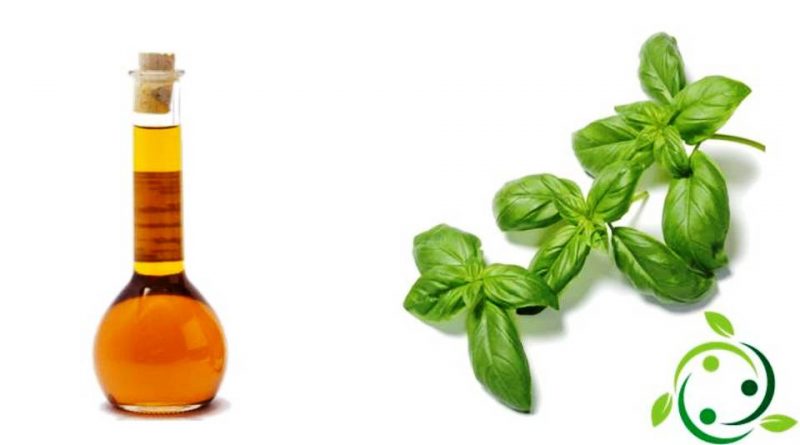Basil against flies, mosquitoes and midges
Basil against flies, mosquitoes and midges
The use of plant extracts or directly of the same has been known for a long time to keep away some annoying insects or pests.
This is the case of basil, the smell of which is much loved by humans, but is unbearable for flies, mosquitoes and midges.
A 1989 study on basil essential oil shows that the plant has fungicidal and insect repellent properties. A similar study from 2009 confirms that the extracts from the plant are very toxic to mosquitoes.
These properties are contained in the components present in basil essential oil.
In the essential oils, according to the variety and the growing season, 29 different constituents have been found and analyzed, including:
– linalool, between 56.7–60.6%;
– epi-α-cadinol (8.6-11.4%);
– α-bergamotene (7.4–9.2%);
– γ-cadinene (3.3–5.4%);
– germacrene D (1.1–3.3%);
– camphor (1.1–3.1%).
In addition to eugenol, basil contains methylugenol and estragol (23–88% in essential oils), substances that have proven to be carcinogenic in rats and mice.
To keep these insects away we can have some basil plants on the terrace or in the garden, the smell of which annoys above all these insects but also the aphids.
If, on the other hand, we want to use basil essential oil directly, spreading it in the environment, it will act as insect repellent, proving to be a very effective remedy against mosquitoes and to prevent annoying insect bites and stings.
To obtain basil essential oil, a very simple method can be implemented which is that of steam distillation.
This method, among other things, is the most common method of extracting essential oils from wood, bark, resin and leaves. The distillation makes use of the extractive capacities of the steam and, sometimes, of the pressure to extract the aromatic part from the herbaceous material.
The plant chosen for extraction is placed on a net over the boiling water, or a flow of superheated steam is channeled so that it passes through the plant.
When the vapor passes through the plant, the volatile components are dragged away, they condense in a coil and precipitate in the form of distilled water and volatile components. This mixture is collected in a separating funnel.
Distilled water, which is heavier, is placed on the bottom of the container while essential oils, which are lighter, remain on the surface.
At this point, a valve opens and the essential oils are separated from the water.
The essential oil thus obtained, being several times more concentrated, than that contained in the plant is a very strong repellent for these particularly annoying insects; it is also a natural method that does not harm humans and does not harm the ecosystem.

